Keep up to date with company and industry news.
Arc Flash news

Managing Arc Flash Risk in the Aerospace Industry: A Critical Safety Imperative
In the high-stakes world of aerospace engineering and manufacturing, safety is not just a priority—it’s a necessity. Among the many electrical hazards present in aerospace facilities, arc flash stands out as one of the most dangerous and least understood. Managing this risk effectively is essential not only for regulatory compliance but also for protecting lives, assets, and mission-critical operations.
Arc Flash news

Staying Safe: Why Arc Flash Prevention Is Everyone’s Responsibility
When it comes to electrical safety, few hazards are as sudden or as severe as an arc flash. These powerful blasts can cause life-changing injuries in a fraction of a second—and yet, many incidents are entirely preventable with the right precautions in place.
Arc Flash news

Marine Electrical Safety
Safety at sea is paramount given the need to be self-sufficient at sea for much of the time, and one critical aspect often overlooked is the risk of arc flash incidents in ship electrical panels.
Arc Flash news

Working on or Near Live Electrical Systems
Working on or near live electrical systems is a rare safety-critical task that demands the utmost caution and adherence to safety protocols. Understanding the risks and implementing proper safety measures is essential to prevent accidents and ensure a safe working environment.
Arc Flash news

The Critical Need for Arc Flash Studies in Facilities Management
In the fast-paced world of facilities management, ensuring the safety of both Personnel and infrastructure is paramount. One of the most critical aspects often overlooked is the danger of arc flash incidents. An arc flash is a sudden, explosive release of energy caused by an electrical fault. It can result in severe injuries, equipment damage, and even fatalities. For facilities managers, conducting an arc flash study is not just a regulatory compliance issue but a vital safety measure that can prevent catastrophic consequences.
Arc Flash news

Enhancing Safety: Arc Flash Risk Management in Battery Storage Facilities
Battery storage facilities are pivotal in the transition to renewable energy, but they come with inherent risks, particularly the threat of arc flash incidents. Arc flashes can cause severe injuries, costly damage, and operational downtime. Implementing robust arc flash risk management strategies is crucial for ensuring safety and reliability in these facilities. This blog will explore the significance of arc flash risk management and outline effective measures to mitigate these risks.
Arc Flash news

Managing Arc Flash Risk in Data Centres: A Vital Safety Imperative
In today’s data-driven world, data centres are the backbone of every major industry, housing critical IT infrastructure that supports operations and services. While the focus often lies on cybersecurity and network uptime, another equally crucial aspect demands attention: arc flash risk management. Arc flashes are sudden, explosive releases of energy caused by an electrical fault, and they pose a significant danger to personnel and equipment in data centres. Here’s why effective arc flash risk management is essential and how it can be implemented.
Arc Flash news

Why do Arc Flash Calculations
We often get asked, why do arc flash studies matter when there are no prescriptive standards in place in the United Kingdom? Well, one good reason is, the majority of things that we would need to do when carrying out an arc flash study, are things we should have been doing for years before AF studies were even thought about.
Arc Flash news

Arc Flash Risks could exist within Hospitals and Health service environments
Electrical Safety UK has been privileged to work extensively in most sectors, including the health services, and are experts in managing arc flash hazards.
Arc Flash news

Electrical Safety and Arc Flash Risk within The Rail Industry
The electrical risks within the rail industry are frequently underestimated, as is the broader network supporting the rail sector, we see around us. The danger is never far away, as many lines are electrified with overhead gantries carrying 25,000 volts a.c., and the innocent looking third rail at ground level that allows 750 volts d.c.
Arc Flash news

Solar Farms
Electrical Safety UK have helped many companies in different industries in a number of locations around the World to improve their electrical safety management systems. In this article we are going to focus on Solar Farms and discuss whether there any hazards that may be specific to that industry.
Arc Flash news

Arc Fault Detection Devices (AFDDs)
The advent of the 18th Edition IET Wiring Regulations (BS 7671:2018) saw the introduction of Arc Fault Detection Devices, to which people quickly recognised that the requirement was a recommendation only which in many cases led to the requirement being largely ignored. As Amendment 2 of BS 7671 came into force this year, that original recommendation changed- in some instances, with it remaining a recommendation in many cases.
Arc Flash news

Electrical Safety Management System – Arc Flash
One question we are often asked is, what should an ESMS contain? This has prompted me to write a series of articles looking at the different aspects of these vital documents. Here is the third article in that series.
Arc Flash news
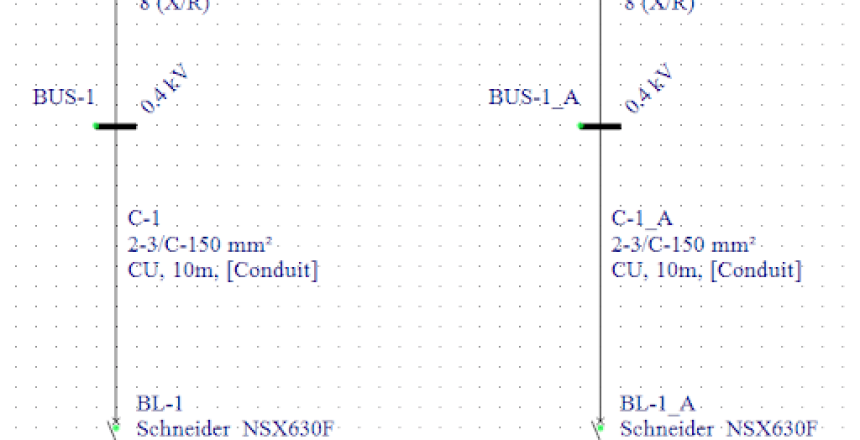
The Importance Of Data Collection For Arc Flash Analysis
Arc flash PPE has become the default control measure and within the United States, until recently, was the prescribed control measure. However, within the UK and within Europe, this is not the case and legally (through Regulation 4 and Schedule 1 of the Management of Health and Safety at Work Re …
Arc Flash news
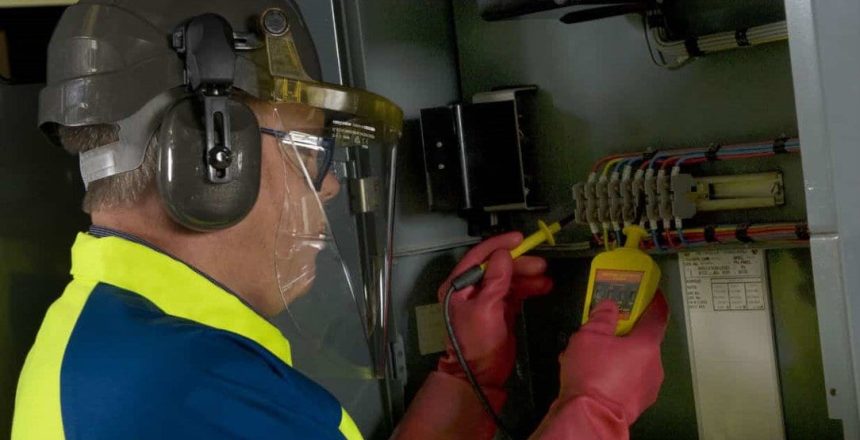
Do I Have To Wear Arc Flash PPE?
Arc flash PPE has become the default control measure and within the United States, until recently, was the prescribed control measure. However, within the UK and within Europe, this is not the case and legally (through Regulation 4 and Schedule 1 of the Management of Health and Safety at Work Re …
Arc Flash news

Arc Flash Protection – PPE For Electrical Professionals
We specialise in providing electrical PPE, safety knowledge, equipment, and training for hazards such as arc flash. An important aspect of protecting electrical professionals is Personal Protective Equipment (PPE). PPE is equipment that will protect the user against health or safety hazards.
Arc Flash news
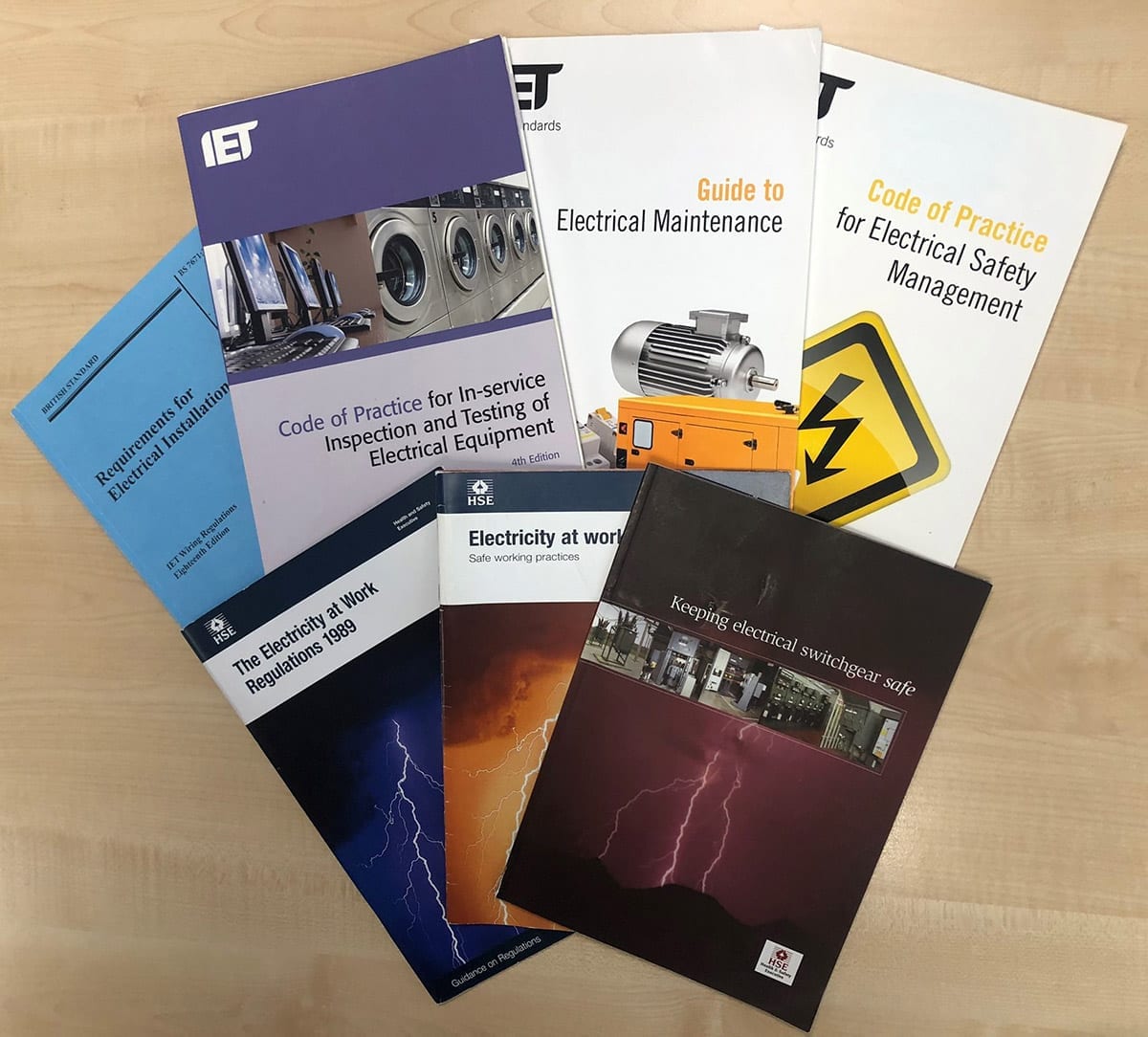
Arc Flash Legislative Requirements And The Role Of Electrical Duty Holders
Is Arc Flash a UK Legislative Requirement? Electrical Safety UK specialises in carrying our arc flash studies for our many clients. One of the things that come up regularly is the question of legislation and whether or not arc flash risk management is required under UK law. The short answer is yes.
Arc Flash news
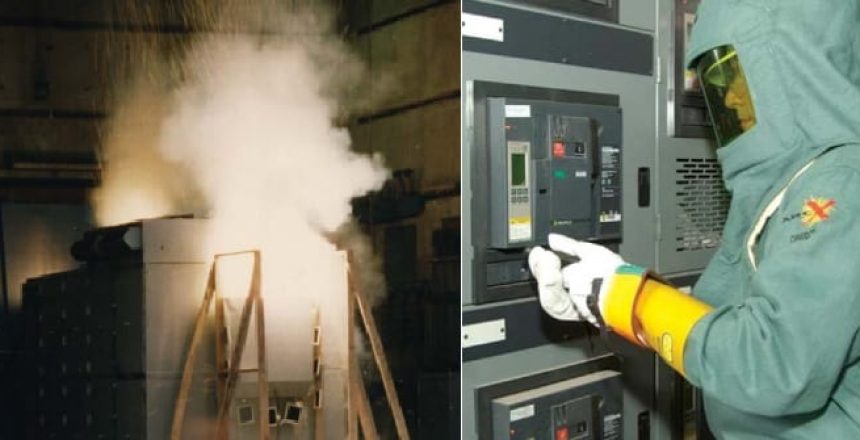
2018 IEEE 1584 Update – Introduction To The Changes
The Second Edition of IEEE 1584 – IEEE Guide for Arc Flash Hazard Calculations Studies was 16 years in the making. In this 1-hour video, Vice-Chair of IEEE 1584, Jim Phillips takes you through the long history of what it took to develop the next edition including establishing a collaboration between IEEE and NFPA, creating a project team for the almost 2000 new arc flash tests, model and equation development and more.
Arc Flash news
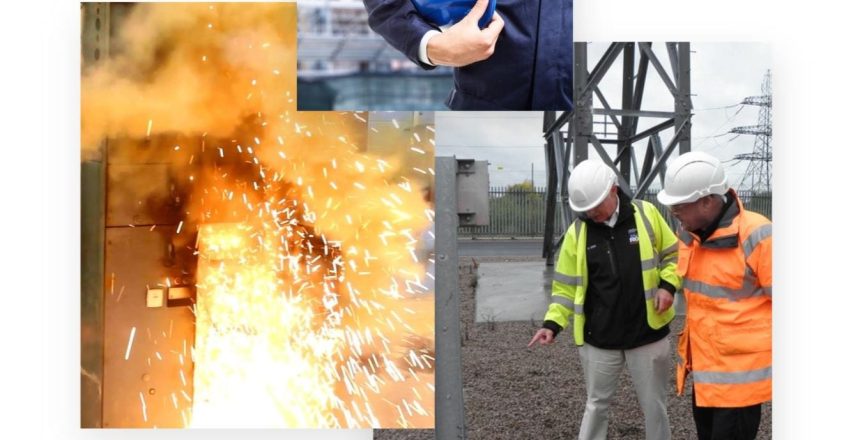
Is Carrying Out An Arc Flash Study A Legal Requirement In The UK?
The simple answer is yes. By virtue of Regulation 4(1) of the Electricity at Work Regulations 1989 and Regulation 3(1) of the Management of Health and Safety at Work Regulations 1999, the need to carry out a suitable and sufficient risk assessment of risk and to put measures in place to protect those who could be put at risk is mandated.
Arc Flash news

Distribution Network Operator Calculated Fault Level Requests
In order that we can accurately carry out an Arc Flash Study on a client’s electrical installation we require the calculated prospective fault level at the point of connection with the Distribution Network Operator (DNO).
Arc Flash news
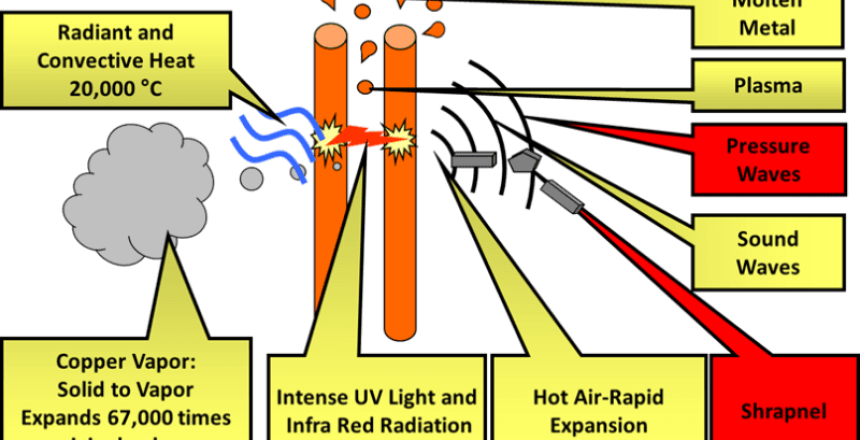
What Is An Arc Flash Study?
Principal Electrical Engineer, Paul Hopton, explores the process of identifying Arc Flash risk, how Incident Energy is calculated, and what is entailed within the Arc Flash Study itself, and so much more.
Arc Flash news
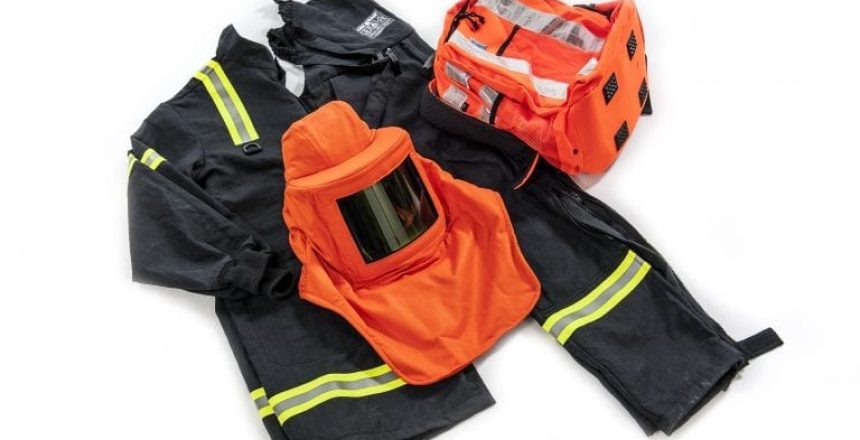
Arc Flash Personal Protective Equipment Ratings Explained
Principal Electrical Engineer, Paul Hopton, explains Arc Flash personal protective equipment ratings.
Arc Flash news

Arc Flash Hazard Control Measures
The best and most often used control measure to protect personnel from arc flash is to isolate the equipment before you work on it.
Arc Flash news

Arc Flash Training; What Is Required & What Does Good Look Like?
Andy Linley, Compliance Director at Electrical Safety UK Ltd, discusses Arc Flash training; the legislative requirements behind it and what good training should encompass.
Arc Flash news
Arc Flash Risk In Batteries
Arc Flash risk associated with alternating current systems has been well studied and is becoming better understood. People have become familiar with the increased incident energy levels generally associated with Low Voltage, and less frequently associate Arc Flash as a high voltage problem.
Arc Flash news

Arc Flash Risk In Wind Turbine Renewables?
Deputy MD, Paul Hopton, outlines the additional considerations in a wind turbine environment and highlights the potential consequences of arc flash incidents.
Arc Flash news

Arc Flash Protection Boundary Distances
Compliance Director, Andy Linley, discusses Arc Flash Boundary distances, what they are and factors affecting them.
Arc Flash news
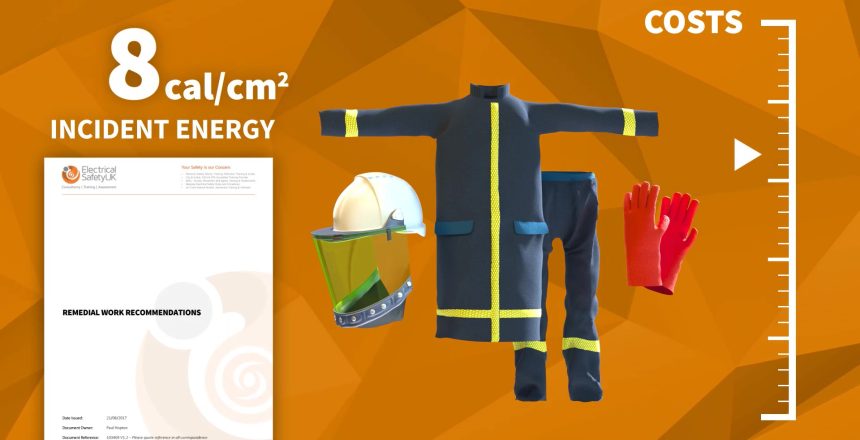
When Is Arc Flash Protection Required?
Paul Hopton, Deputy Managing Director and Principal Electrical Consultant, discusses when Arc Flash Protection is required, carrying out Risk Assessments to determine the requirement and suitable competency of those involved.
Electrical Safety news
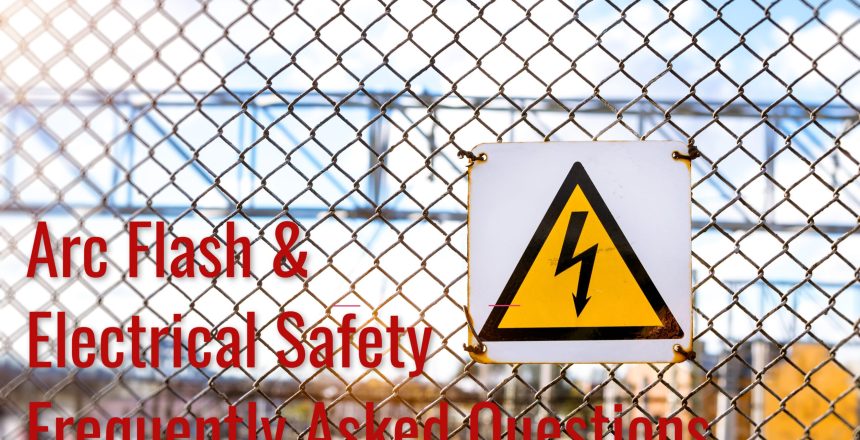
Arc Flash And Electrical Safety FAQ
By: Jim Phillips, P.E. Founder: Brainfiller.com and Associate Director: Electrical Safety UK, Ltd.
Arc Flash news
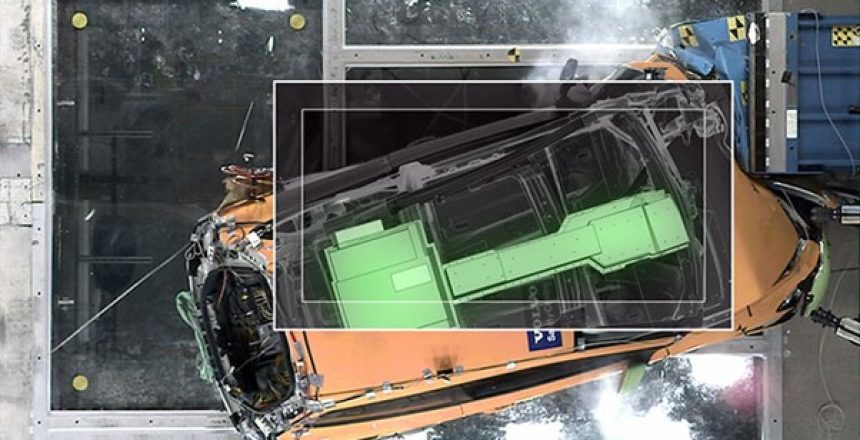
Electric Vehicles And Arc Flash
In an ever-growing world of sustainable environmental vehicle solutions, Principal Electrical Consultant Paul Hopton discusses the risk of Arc Flash when working with batteries installed in Electric Vehicles. Concerns of Competency for mechanics required to work on these systems, the types of activities that could cause an electrical incident, and what can be done to mitigate risk.
Arc Flash news
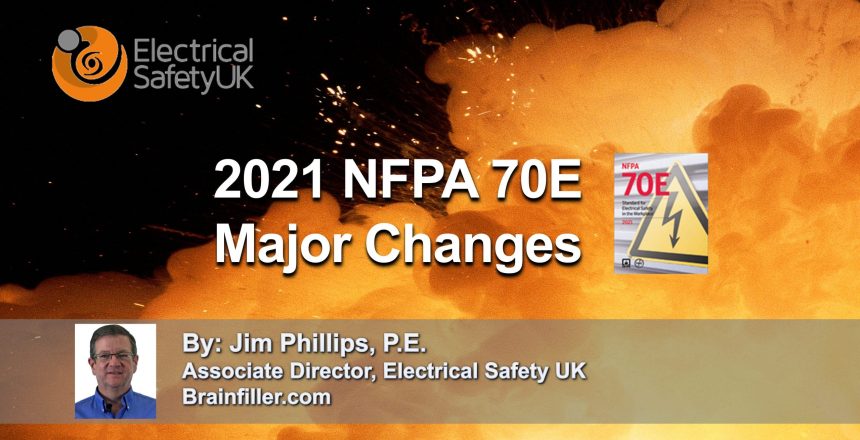
2021 NFPA 70E Major Changes
After 13 years of Employment with Electrical Safety UK Limited it is Mike’s decision to retire from the company. Mike Frain founded Electrical Safety UK in September 2004. Mike has contributed many years of experience and knowledge to the Electrical Industry.
Arc Flash news

Is The Biggest Risk Of Industrial Arc Flash At High Voltage Or Low Voltage?
Our analysis using arc flash voltage charts show the biggest risk may occur at a low voltage instead of high voltage. The incident energy level defines the severity of the arc flash hazard when using the IEEE 1584 standard.
